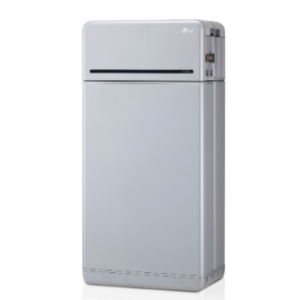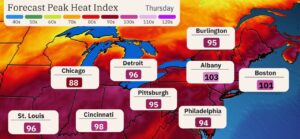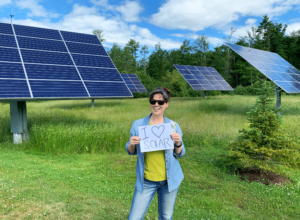Solar Battery FAQ
With extreme weather coming up and many people interested in getting solar batteries, here is a quick Solar Battery FAQ sheet to answer any questions you may have along with some helpful ways to have the best experience and get the most out of your solar battery.

- Whole-home means the backup system is connected to your main electrical panel. This does NOT mean you can run everything in your home at once as batteries have limitations. It means you do not have to have a separate electrical panel where you must pick what you want in a backup situation. So, you can use everything connected to your main electric panel such as your bathroom lights, bedroom lights, furnace, refrigerator, use internet, open your garage door, etc.
- Electric heat, electric dryers, air conditioning (central and room) for extended periods of time, dishwasher, very high load appliances, charging electric vehicles, hot tubs, pools.
- Simply, if you run high electric load items with your battery, your battery will drain faster. Think of the battery life on your cell phone. How long will it last depends on what apps you are using, video & music streaming, etc. If you’re doing multiple things at the same time, how much shorter will it last?
- Consequently, if you have too many high load appliances running at the same time, you can cause a brown out with your battery, and it will shut off. The batteries can power a lot, 7,000 Watts (per battery and inverter). However, if you exceed that threshold (with say electric heat) the battery cannot handle that load, and everything will shut off. It is like a breaker popping from overloading a circuit in your electrical panel.
- Each battery and inverter pair are capable of up to 7,000 Watts start up and run time. The storage is 16 kWh per battery. Running LED lights and simple “emergency” items will allow the battery to run for very long periods of time, especially when paired with solar. However, if you must run things like electric stoves, microwaves, electric hot water heaters, the length of backup will decrease.
- These batteries cannot backup anything larger than one 200-amp panel.
- Understand it will not last as long. Also try to keep it to one appliance at a time. This will ensure you are under your 7,000-Watt threshold and prevent “overloading” the battery and a brown out, and that “breaker from popping.”
- Each battery and inverter pairing allows for up to 7,000 Watts. If you added another battery and inverter pairing, that would double your capabilities.
- If you have a lot of high load appliances that need to be run, this might be the option for you. If you need a well pump, water pump, electric hot water heat, with heat pumps, 1 battery and inverter pairing will NOT work for you as you will need 2 batteries with 2 inverters.
- Additionally, in your main electrical panel, you can shut off the individual breakers you do not want to run. For example, turn the breaker to the hot tub off.
- Smart thermostats are a great way to manage this. Typically, central air-conditioning can turn on when you are not home, same goes with heat pumps. If you can turn them down/off remotely when not home, that will prolong your battery backup.
- If you use window air conditioners and you are not home, you should turn them off before you leave your house. Conditioning space when you are not there can use and waste a lot of energy. This will also prevent them from draining your battery when you are not home.
- Plan for an outage. If you know severe storms are in the area and you are not home during that time period, turn off your high use appliances. If you run the dishwasher at night and there are storms in the forecast, do not run your dishwasher. If you use window air conditioners for cooling, turn them off before leaving your home. If you must run them, turn off the rooms that don’t need it and turn the temperature up, so it doesn’t run as much.
- The battery cell and pack are all UL rated and designed to be in the elements
- Temperature does play a factor on how the battery will perform. Even though it’s rated -4 to 122 degrees F, it will act differently within those temperatures.
- Colder weather will slow down the charging whereas warmer weather will increase the speed of charging. So, you will notice in the winter the battery won’t charge as quickly on a sunny day as summer day.
- Maximize Self Consumption
- This setting allows your battery to discharge at any point in the day when your electricity needs are not being met from the solar array’s production.
- Backup Only
- This setting ensures the battery kicks on only in the event of a utility outage.
- Yes, you can pick your specific circuits you’d like to backup and have a separate panel. This is called a critical load panel. It can be your whole panel minus the high load items.
- For Example, you can remove your high use loads like microwave, central air conditioning, electric dryer, dishwasher, hot tub, EV charger, etc. if you wish.
- It is not necessary, as the battery system can connect to your main panels, however if you do not want to manage your loads during a backup, this can be a great option.
Interested in solar storage? Read more about our battery backup solutions!
Latest Blog Posts

Summer Heatwave: New York Under Extreme Weather Alert
When simply walking outside for a
June 20, 2024
No Comments


